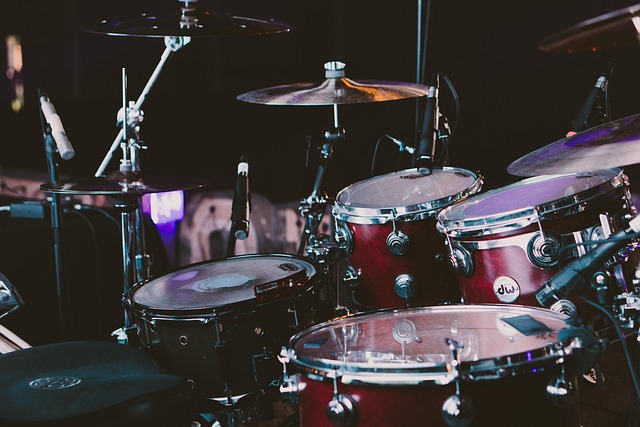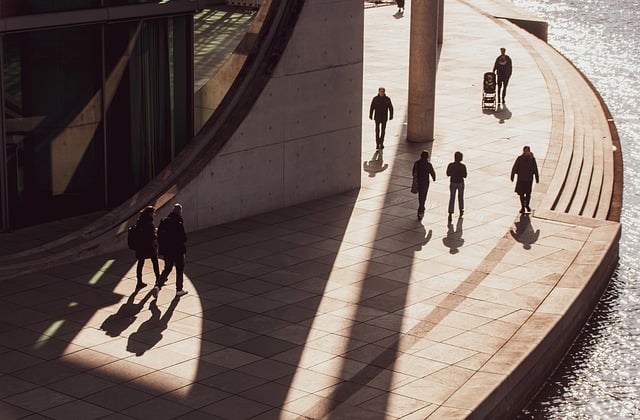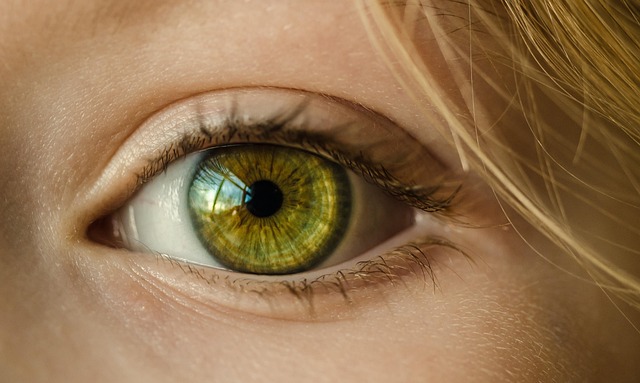In the vibrant world of art and design, few concepts resonate as deeply as rhythm. Just as music is constructed with a particular cadence, the visual arts can also evoke a sense of movement, flow, and harmony through the deliberate arrangement of shapes, colors, and forms. This post delves into how artists leverage rhythm in their paintings to create immersive experiences that transcend mere representation.
At its core, rhythm in painting is about creating a visual tempo that guides the viewer’s eye across the canvas. Whether through repetitive patterns, contrasting colors, or the arrangement of elements, artists can establish a sense of continuity and pace. Imagine standing before a vibrant abstract canvas where splashes of color seem to dance, echoing the beat of a lively song. The rhythm here is not just seen; it’s felt. It compels you to engage and interpret, immersing you deeper into the artist’s vision.
Think about the great masters. Take Vincent van Gogh, for instance. His swirling skies and dynamic brush strokes in pieces like Starry Night” exemplify physical rhythm, drawing the viewer’s gaze in an uplifting spiral. Each brushstroke seems to pulse with life, resonating with an emotional cadence that speaks of turmoil, beauty, and energy. Here, rhythm becomes not just a technique but an emotional narrative painted across the canvas.
In contrast, a minimalist piece might utilize rhythm through repetition and consistency, providing a different kind of visual satisfaction. Artists like Piet Mondrian employed geometric forms and a balanced use of primary colors to create an orderly rhythm. The interplay of lines and blocks lends a serene sense of flow that invites viewers to breathe and reflect, contrasting the frenetic energy of more dynamic compositions.
Design, often seen as a practical counterpart to the emotive nature of art, also benefits greatly from the principles of rhythm. In the layout of a painting, the placement of elements can create an inherent rhythm that complements the overall aesthetic. Designers consider spacing, alignment, and proportion to develop a flow that resonates with the viewer. The rhythm of a well-designed space fosters an experience—whether inviting a relaxed exploration or encouraging vibrant interaction.
The convergence of art and design through the lens of rhythm reveals the profound impact it has on how we perceive and engage with our environment. Just as a well-composed piece of music can elevate our mood, a painting that carefully weaves rhythm into its fabric can elicit strong emotional responses, sparking questions and conversations long after the viewer has left.
Whether in the bold contrasts of pop art or the serene compositions of landscapes, the rhythm embodied in painting serves as a powerful reminder of the connection between our senses and the world around us. It invites us to savor each moment spent before the artwork, allowing us to lose ourselves in its cadence, ultimately harmonizing our experience with the vision of the artist.



